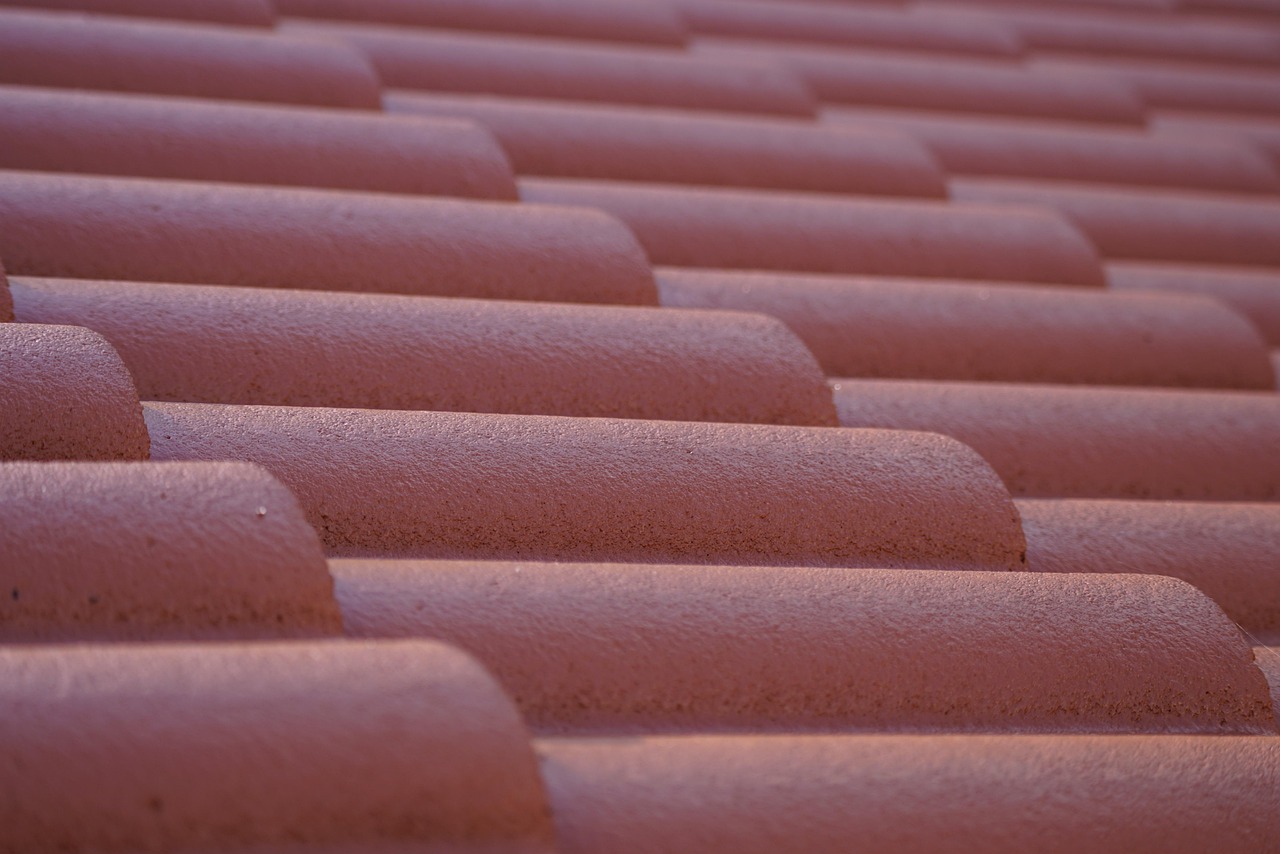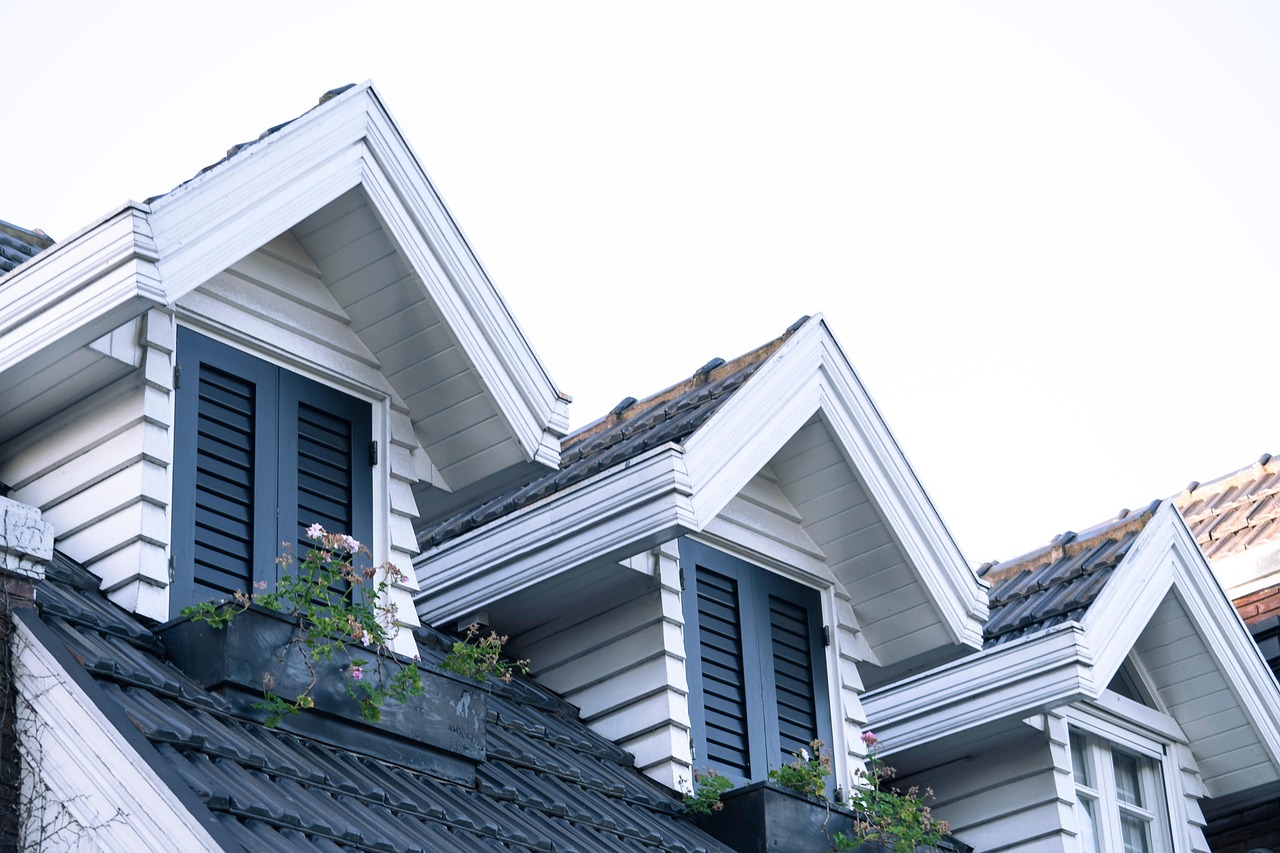How to Keep Your Roof in Tip-Top Shape
Your roof is one of the most critical components of your home, serving as the first line of defense against weather, debris, and extreme temperatures. Despite its importance, it's often one of the most neglected parts of a property until a serious problem arises. Keeping your roof in excellent condition is about regular upkeep, inspections, and knowing what to look for. By staying proactive, homeowners can prevent costly repairs, extend the lifespan of their roof, and maintain their home's value. Here's how to keep your roof in tip-top shape through practical, preventative measures.

Inspect Your Roof Regularly
Routine inspections are important to identify issues before they escalate. Homeowners should visually inspect their roof at least twice a year, along with a check after any major storm. Look for cracked, missing, or curling shingles, and examine flashing around vents, chimneys, and skylights for damage. Check the roof from inside the attic for signs of water intrusion, mold, or rot. Hiring a professional roofer once a year for a more thorough inspection is a smart investment, as they can spot problems that are not immediately obvious from ground level.
Schedule Professional Maintenance
Even with vigilant DIY efforts, there are aspects of roof care that benefit from expert attention. A professional roofer can perform in-depth inspections, repair hidden issues, and provide services such as moss removal or sealant application that are difficult for the average homeowner to handle safely. Having your roof professionally maintained once a year ensures that small concerns don't become costly disasters. Many roof restoration services offer maintenance packages that include inspections, gutter cleaning, and minor repairs. These services improve roof performance and provide peace of mind knowing your home is protected against the elements.
Keep Gutters Clean and Functional
Clogged or damaged gutters can cause water to back up onto your roof, leading to rot, leaks, and structural damage. To keep your roof in good condition, clean your gutters at least twice a year and more often if you have trees near your home. Remove leaves, twigs, and debris, and flush the system with water to ensure it's flowing properly. Inspect for signs of sagging or rust, and make sure the downspouts are directing water well away from your foundation. Installing gutter guards can be a worthwhile upgrade to reduce maintenance and keep your drainage system effective year-round.
Address Minor Repairs Immediately
Small issues like a single missing shingle or a loose piece of flashing might seem minor, but they can quickly turn into serious problems if ignored. Water can penetrate even the smallest gaps, causing internal damage to insulation, walls, and ceilings. Address any signs of damage as soon as possible. If you're comfortable and it's safe, you can handle small repairs yourself, but for anything more significant, it's best to call a professional. Timely repairs protect your home and save you money by preventing expensive fixes down the road.
Trim Overhanging Tree Branches
Trees add beauty and shade to your property, but overhanging limbs can pose a serious risk to your roof. During high winds or storms, branches can snap and fall, potentially causing structural damage or punching holes in the roofing material. Even without breaking, branches can scrape against shingles, wearing them down. Overhanging trees drop leaves and debris that clog gutters and trap moisture. Keep tree limbs trimmed back at least ten feet from your roof to prevent unnecessary wear and tear. This discourages animals like squirrels and raccoons from accessing and damaging your roof.
Ensure Proper Ventilation and Insulation
A healthy roof requires adequate ventilation and insulation to regulate temperature and moisture levels in the attic. Poor ventilation can cause heat and moisture to build up, leading to mold growth, shingle damage, and higher energy bills. In colder climates, inadequate insulation and ventilation contribute to ice dams, as thick ridges of ice that prevent proper drainage and cause water to back up under shingles. Make sure your attic is well-ventilated, with clear soffit and ridge vents, and has enough insulation to maintain consistent temperatures year-round. This balance promotes a longer-lasting roof and a more energy-efficient home.

Maintaining your roof doesn't have to be overwhelming or expensive. With regular inspections, prompt repairs, clean gutters, and proper attic conditions, you can extend the life of your roof and avoid the headaches of emergency replacements. Trees should be managed to reduce risks, and occasional help from professionals can ensure no detail is overlooked. A well-maintained roof adds value, comfort, and safety to your home, making it well worth the time and effort to keep it in tip-top shape.
Published 7/3/25